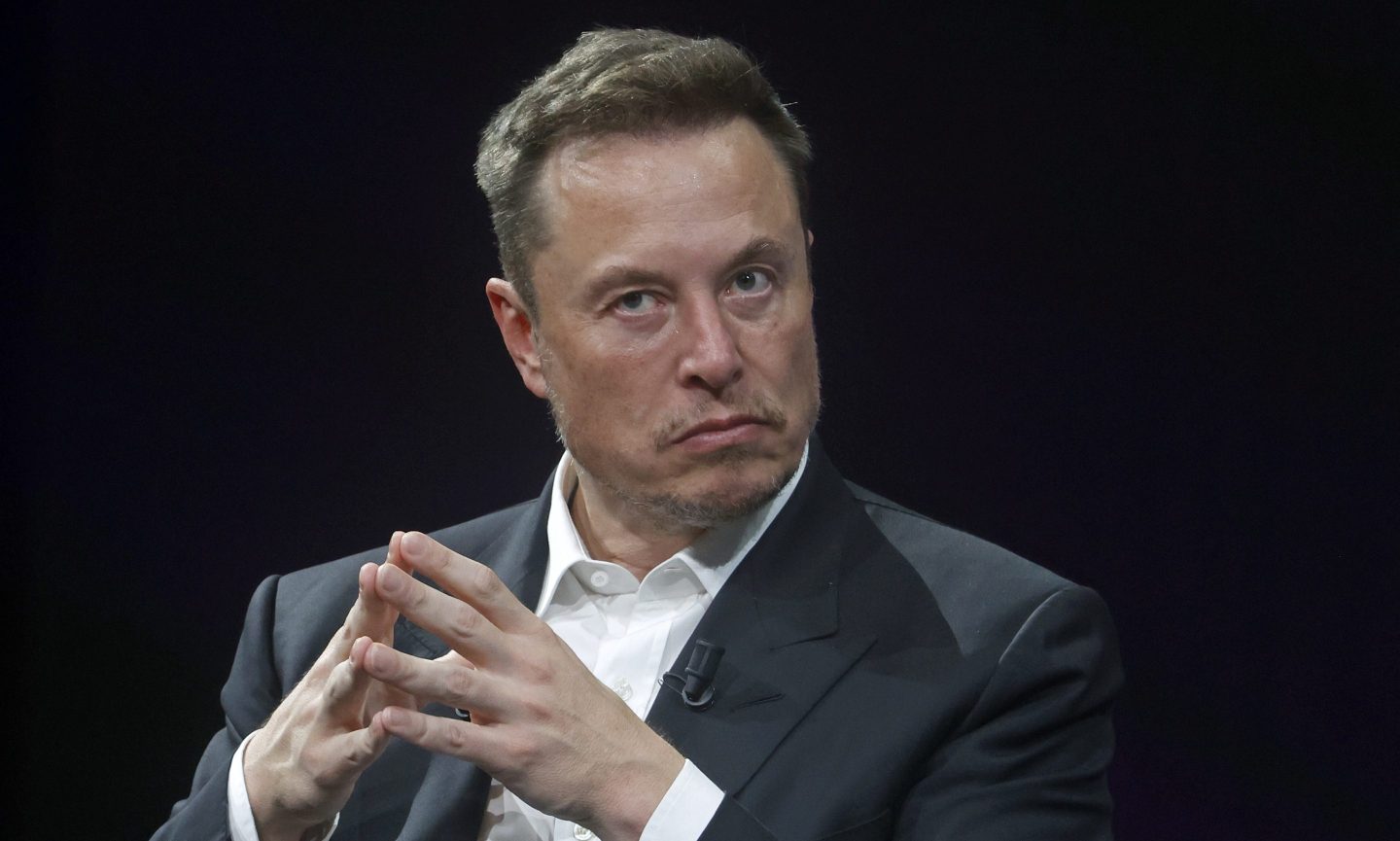Elon Musk is widely considered to be the visionary businessman of our time, able to predict what consumers would want most in the future.
So why did he seemingly forget to do something so simple as secure a trademark for his new X corporate logo before initiating a wholesale rebranding of Twitter that no one asked for?
Trademarks are a vital element of everyday business that protect against copycat imitators feeding off other people’s intellectual property. Imagine a new smartphone manufacturer advertising its latest device with a stylized “T” logo that closely resembles the Tesla badge emblazoned on Musk’s cars—such a company would be deliberately trying to make bank by jumping on his coattails.
Unfortunately for the entrepreneur, the letter X is probably one of the most difficult letters for Musk to trademark, given there are only so many ways to style the representation of two intersecting lines.
“It’s possible for multiple companies to have and use single-letter trademarks,” Rachael Dickson, a trademark attorney and founder of Catalytic Law, posted to the platform. “There are actually 984 registrations already on the trademark register for marks whose only literal element is ‘X’.”
That means the more unique and recognizable a trademark is, the easier it is to protect.
Take for example the Anglo-Swedish pharma group AstraZeneca, created from a 1998 merger. Its logo is two letters—just one more than Musk’s—that represent the initial of each founding company. But its interwoven design combines the two to resemble the three-dimensional folds of a protein, which makes it difficult to copy without being legally exposed.
Xbox Series X logo vs. Twitter's new X logo. Who did it better? pic.twitter.com/AvFPwfZiRw
— Tom Warren (@tomwarren) July 24, 2023
Moreover, it’s not just an issue of whether Musk can sufficiently protect his own IP against theft, but whether he might accidentally encroach upon another company’s.
“Microsoft owns a trademark for X,” warned Andres Guadamuz, who teaches intellectual property law at the University of Sussex and serves as editor-in-chief of the Journal of World Intellectual Property. “So Musk has destroyed a loved and strong brand, for potential years of litigation and potentially no brand.”
Valuable asset
A brand can be one of the most valuable assets a company has. In the world of consumer goods where products are often easily substituted for one another—such as laundry detergent or, more recently, beer in the case of Bud Light—a reason some companies retain pricing power is brand loyalty.
Rebrandings, therefore, are an extremely delicate issue that usually lead to only evolutionary, and sometimes even barely perceptible, changes to corporate identity (CI). That’s because consumers attached to a particular brand generally do not react well to wholesale changes; the risk is that management can repel more customers net than they attract.
“Building a brand is a huge challenge, so it is rare to see a company abruptly walk away from one,” said Tim Calkins, a marketing professor at Northwestern’s Kellogg School of Management, in a statement sent to Fortune. “Almost all the core branding concepts suggest this is a misguided move.”
In light of his controversial stewardship of Twitter, Musk has been asked repeatedly whether it would have simply been more sensible to build his WeChat clone from scratch. Musk has always responded that this was indeed an option he considered, but he felt Twitter would accelerate the process.
With the rebrand, Musk in a sense confirmed he spent $44 billion to buy an installed user base of 215 million daily active users who could produce revenue for the company.
Realizing his dream of an everything app that can be used to buy movie tickets, reserve a table at a restaurant, or simply upload a video from your vacation could create substantial value for his elite coterie of shareholders, which include Oracle’s Larry Ellison, Binance’s Changpeng Zhao, and Saudi prince Waleed bin Talal.
But he might not be able to preserve that value if he fails at something so elementary as his branding.
How do you protect a core element of your CI if you pick a logo that hasn’t been created from scratch by a graphic artist, but pulled from an existing font, as Musk appears to be?
Tom Warren, senior editor at The Verge, identified it as the “X” glyph from Special Alphabets 4 developed by Monotype Imaging. It even has a universal code, or Unicode, that all computers can mathematically process.
“There’s a 100% chance that Twitter is going to get sued over this by somebody,” said trademark attorney Josh Gerben in a Reuters article.
All of this means that Musk is likely adding to the list of challenges he already faces overhauling a financially unhealthy company he loaded with $13 billion in debt before apparently scaring away half his advertising revenue.
